This top foods to avoid list has been an accumulation of my own journey with research, suggestions from highly trained professionals and trial and error in my own lifestyle changes. In doing this research I found that there is still little know little known about what foods are feeders for endometriosis. These foods are big contributors to inflammation, a main cause of pain and discomfort for many with endometriosis.
When it comes to changing what we eat, it’s not just about trying a new diet. It’s more than that, it’s deciding that living without pain is a choice that can be made through food. It becomes a lifestyle change.
This involves reading packages in stores, looking for hidden ingredients that you may not realize even exist in some foods and, connecting with food on a different level, preparing most of your meals at home.
These top ten foods to avoid have been shown to feed into endometriosis symptoms, and when eliminated from a diet, can have a profound effect on decreasing pain.
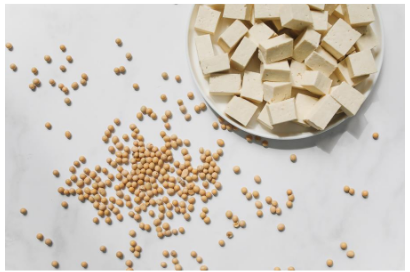
1. Soy
In my experience soy is one of the worst foods for endometriosis. It contains phytoestrogens, a plant compound that mimics estrogen. Certain types of estrogen can thicken the uterus and potentially promote the growth of endometriosis. Soy can be found as a thickener, filler and additive in so many foods, so make sure you read every label.
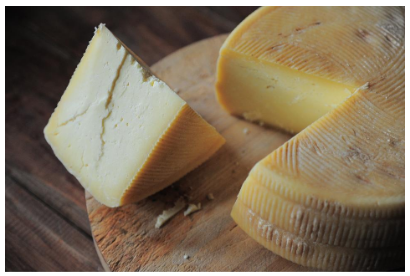
2. Dairy
Dairy may be one of those foods that I would put on a list for everyone to stop consuming. It is an inflammatory food. It is one of the main contributors to digestive issues, especially in those of us that have auto immune diseases, such as endometriosis. There are so many wonderful alternatives to dairy these days that cutting out dairy may not be as challenging as you think.
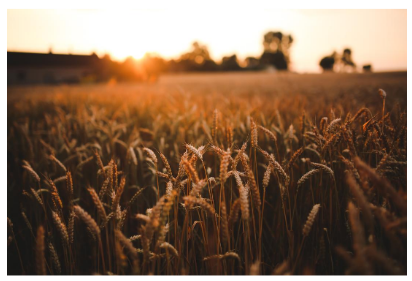
3. Grains
During my research I found that it was suggested that I cut out gluten from my diet. Gluten is another inflammatory food that can create pain and increase symptoms for endometriosis survivors. As I looked deeper I realized that it wasn’t just gluten (like wheat and barley) it was all carbs that, when broken down, turn to sugar in our bloodstream. So, although rice is not a gluten, when processed by the body it turns straight to sugar and causes inflammation.
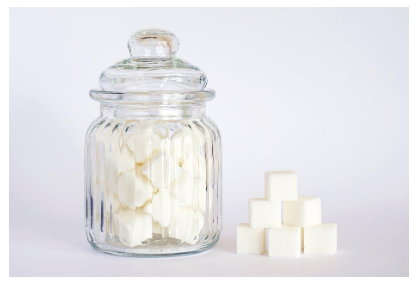
4. Sugar
Which brings me to sugar. Oh, the sweet goodness that most of us crave. It has been added into processed foods under many different pseudonyms (glucose, dextrose, maltodextrin, fructose, maltose, sucrose, etc.). Manufacturers have been adding “sugar” to our foods for decades to make things taste better. And, well it does. But sugar, again is a main contributor to inflammation. See a trend here? This is why greatly reducing sugar intake and choosing a raw sugar, not a refined white sugar or eliminating it all together, can greatly reduce inflammation in the body and reduce pain.
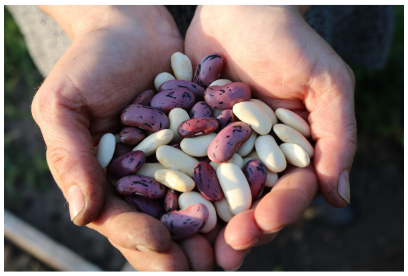
5. Legumes
This suggestion is definitely one from my own experience. Most research that I have done suggests that legumes are a rich fibrous food that contains magnesium, an anti-inflammatory. Beneficial to reducing symptoms of endometriosis. In researching a low-carb diet I continually came across legumes as being a high-carb food. My bottom-line, do your research, see how your body feels cutting out this high carb, high fiber nutrient and see how your own body reacts. For me, I cut out all legumes (yes, even peanut butter) and haven’t looked back. Check out my homemade sunflower butter, a perfect substitute for peanut butter lovers.
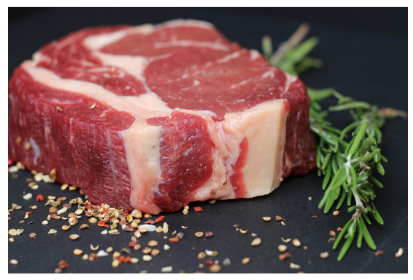
6. Red Meat
I’m not saying to eliminate red meat altogether from your diet, I would suggest greatly reducing your intake of red meat and see how you feel. Red meat has been shown to be another contributor to higher estrogen levels and increasing inflammation. For myself, grass-fed ground beed used to be my go-to easy meal (burgers, tacos, meatloaf). When I stopped consuming red meat the first thing I noticed was my digestion. I wasn’t as constipated and had more regular bowel movements. I then began to notice an even greater decrease in my pain levels in-between and during my periods.
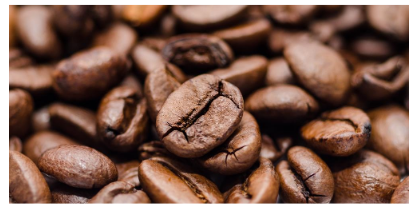
7. Caffeine
Before I began looking at my diet and it’s relationship to pain I owned an at home cappuccino machine, frequented Starbucks and was a self proclaimed coffee connoisseur. I even got my husband hooked on the stuff. He didn’t feel himself unless he had a bulletproof coffee to start the day. When I stopped drinking coffee I switched to green tea and chai, thinking I was decreasing my caffeine intake. Of course now I know how detrimental caffeine can be form inflammation. It contains acid which irritates that stomach lining and inflames the digestive system. Decaffeinated Tea is a great alternative!
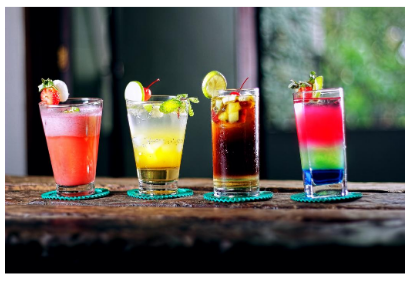
8. Alcohol
This one was easy for me. Long before I knew the negative effects of alcohol, I had stopped consuming it. Basically, alcohol is sugar. It creates stress on the liver and promotes inflammation in the body.
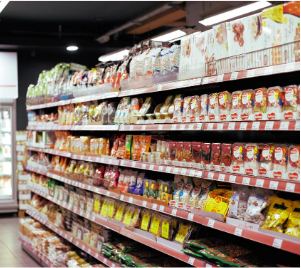
9. Non-Organic Processed Foods
I can’t say enough about eating organic, and local when possible. So many processed foods these days are full of antibiotics and pesticides our bodies are not designed to ingest. If you look back at history, before the 1950’s most of our food was not produced on a large scale, in fact in the 1920’s people were encouraged to have gardens in their own backyards. Having a chicken coop was even labeled as your patriotic duty. Today, buying local and organic is coming back into style, but even then you have to make sure that your local farmer isn’t using pesticides or hormones with their livestock. Check out this list of the top foods containing pesticides.
Summary
When looking at changing your lifestyle it can be daunting to see a list of top foods to avoid. I would encourage anyone that is embarking on a food journey to be patient. Take time to experiment. Some find that keeping a journal can be helpful with this process. Be easy with yourself. It is so much easier to go to the “I can’t” place in our brains than the “I’m excited to see how I feel” place. I hope that this list helps your begin to find what works for you and how you feel in your own body. Remember, change takes time. I would suggest giving yourself at least 3 weeks to see how eliminating something from your diet makes you feel.
Curly Broccoli does not contain medical advice. The contents of this blog, such as text, graphics, images and other material are intended for informational and educational purposes only and not for the purpose of rendering medical advice. The contents of this blog are not intended to substitute for professional medical advice, diagnosis or treatment.
Please consult your physician for personalized medical advice. Always seek the advice of a physician or other qualified healthcare provider with any questions regarding a medical condition.
